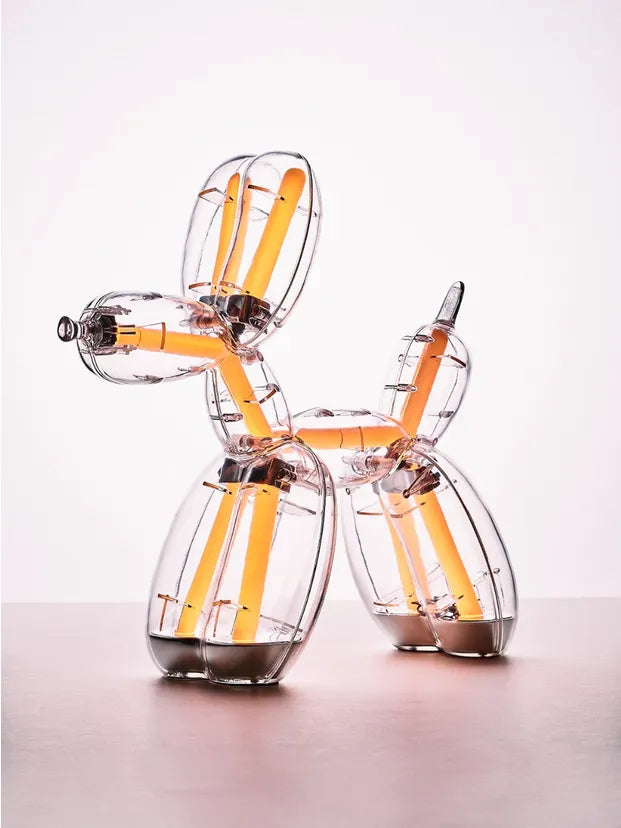
Luxury fatigue: towards a redefinition of excellence
Share
The Crisis of the Object: Have We Reached the End of Traditional Luxury?
Luxury is currently experiencing a profound existential crisis. This "luxury fatigue" does not reflect a disinterest in excellence, but rather a questioning of its traditional codes.
- Does paying for an expensive item really make sense?
Faced with the hyper-democratization of "premium" products and the evolution of consumer expectations, the sector is forced to rethink its very essence.
Several indicators reveal this ongoing transformation. Paradoxical hyperdemocratization has diluted the notion of exclusivity: when everything becomes "premium," nothing truly is. New generations prioritize experiences over possessions, challenging the traditional value of the status object. At the same time, growing environmental awareness is challenging the logic of overconsumption, even at the high end.
The perceived value of luxury items is no longer based solely on artificial rarity, social prestige, or material quality. It is evolving toward storytelling authenticity, positive impact, true personalization, and sustainability.
What is luxury, after all?
At the heart of this reflection lies a fundamental question: what truly defines luxury? Know-how, history, time spent, emotion transmitted, durability... These elements indeed constitute the DNA of authentic luxury. But they are no longer enough.
Luxury remains, above all, a social construct. It requires collective recognition, a consensus on what deserves to be valued. This explains why some brands maintain their aura despite increasing industrialization, while other exceptional artisans remain under the radar.
"Luxury fatigue" stems precisely from this dissonance: we yearn for more authentic luxury but remain prisoners of traditional social codes.
Innovation as a new territory of exclusivity
In this context, innovation emerges as a crucial, often underestimated dimension. It constitutes the last bastion of true exclusivity in a world where technical quality has become democratized.
Watchmaking perfectly illustrates this evolution: unprecedented technical complications, revolutionary materials, and exclusive processes create real differentiation. Beyond technical innovation, it is conceptual innovation that forges today's most striking brand signatures.
This dimension perfectly responds to "luxury fatigue": faced with the accumulation of similar objects, only true innovation can still arouse wonder and justify exceptional valuation.
The Limits of “Techno-Luxury”
However, innovation for the sake of innovation can become a trap. Transforming luxury into a high-tech gadget risks losing its timeless essence. Innovation must remain at the service of the luxury experience, amplifying traditional codes rather than replacing them.
Successful examples—phones with premium concierge services, watches with unique mechanisms—show the way: innovation becomes a value amplifier when it integrates harmoniously with the fundamentals of the sector.
Outlook: development scenarios
Conservative scenario: Traditional luxury is holding firm by refocusing on its fundamentals: exceptional craftsmanship, historical heritage, and unashamed exclusivity. This approach preserves the sector's DNA but risks confining it to an aging clientele.
Disruptive scenario: Technological innovation is completely redefining the rules. New materials, connected objects, and immersive experiences are replacing traditional standards. This path is attracting new generations but may lose the heritage essence of luxury.
Hybrid scenario: The synthesis of tradition and modernity creates a "third way." Innovation enhances traditional craftsmanship, while technology amplifies historical codes without replacing them. This balanced approach seems the most promising but remains the most complex to execute.
Conclusion: A trend to watch
"Luxury fatigue" is less a crisis than a transformation. Brands that navigate this transition—preserving their authenticity while integrating new expectations—will emerge stronger. Those that remain entrenched or, conversely, abandon their identity risk losing their relevance.
This transformation goes beyond simply choosing between traditional luxury and democratized dupes. It questions the sector's ability to reinvent its codes without losing its soul. The stakes are high: reconciling exclusivity and responsibility, tradition and innovation, beauty and meaning.
It remains to be seen how industry players will address these challenges in the coming months.
